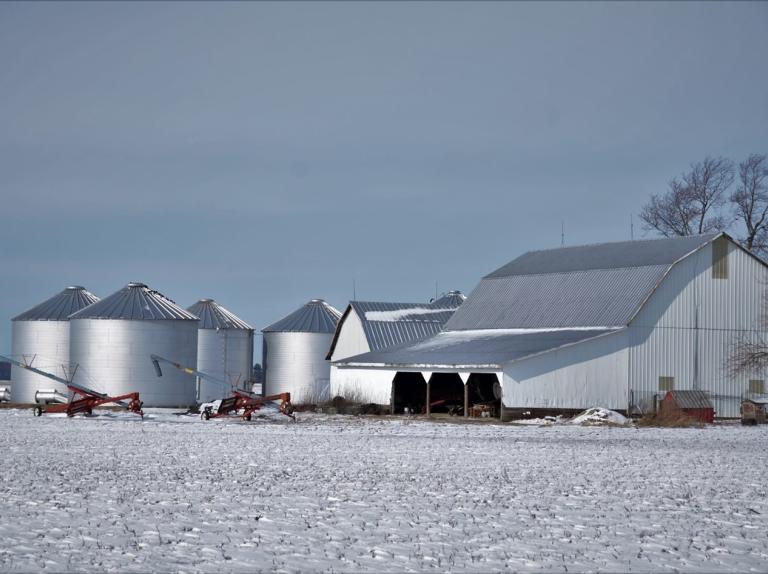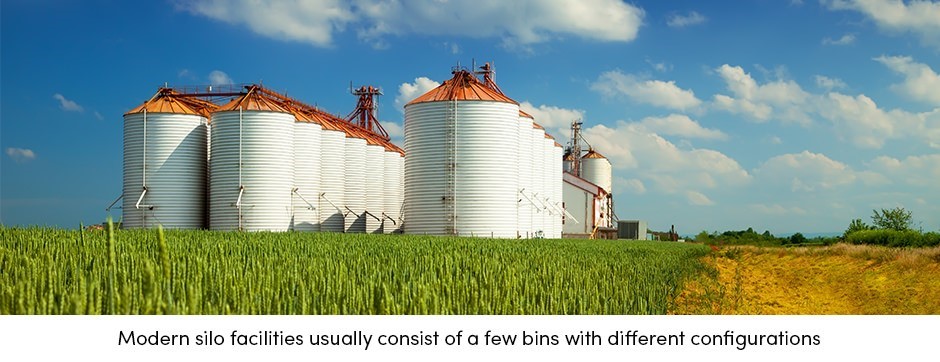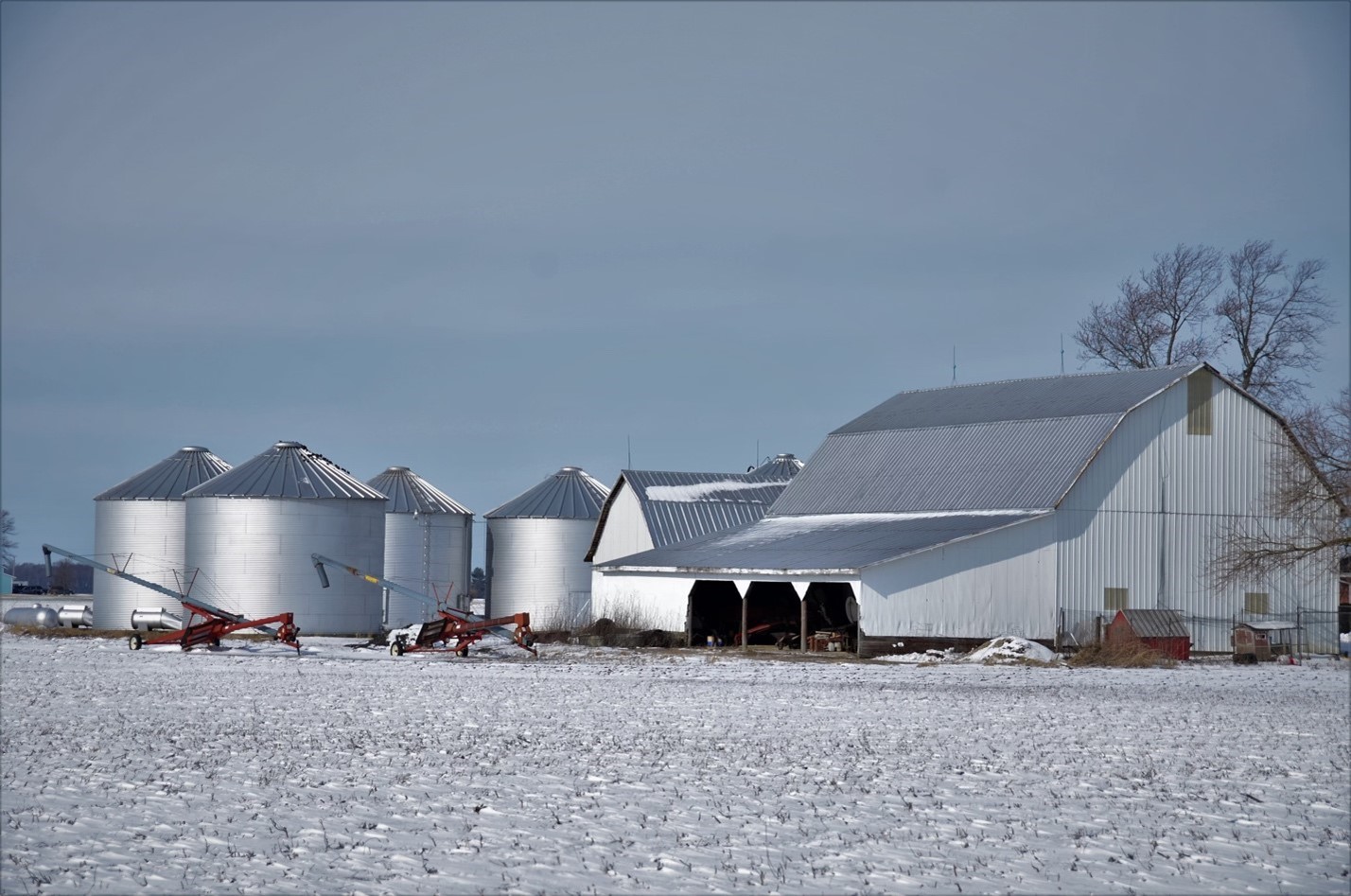
Silos, whether in agriculture or organizations, are not inherently problematic. By focusing on improving the connections between silos, destination organizations can maximize the benefits of specialization while avoiding the pitfalls of fragmentation, ultimately driving innovation, efficiency, and success in promoting their destinations.
Destination organizations often face barriers to collaborating with stakeholders, such as hospitality businesses, local government, and community organizations. Each group has its own specialized focus and expertise, but effective collaboration is essential to creating a cohesive and successful destination experience.
But, whenever I hear someone leading a strategic effort in an organization say, "We need to break down the silos," it is all I can do not to immediately speak up and say, "Great! But since most of the work in organizations around the world is done in silos, what are you going to replace them with?" I have to believe that there are not many good answers to that question. Are we really going to do everything with permanent cross-functional teams?
Look, if you really want to break down silos, you probably don't know much about how organizations actually work at their best and at their worst. And if you do know something about how organizations work and you are actually saying something else like “organizational silos occur when business divisions or departments operate independently and don't share information,” then you do not understand how to use a metaphor. Frankly, I am not sure which is worse.
We all know that silos are often viewed negatively in an organizational context, conjuring up images of siloed departments and fragmented communication. However, much like their agricultural counterparts, silos in the workplace can play a critical role in fostering specialization and efficiency. The problem is not the existence of these silos but the failure to ensure the seamless flow of information and collaboration between them.
So let me make the case for the very useful silo. And by understanding the history, use, and movement within agricultural silos, we can draw parallels that illuminate how organizational silos, when managed effectively, can be integral to a company's success. Then, we can create an apt metaphor.

The Impact of Silos
Silos are an integral part of the agricultural landscape, standing tall as symbols of food security and agricultural progress. Designed to store large quantities of grain or silage, these structures have played a critical role in the development of modern agriculture, helping farmers manage resources efficiently and reduce waste.
The concept of silos dates to ancient times, with early examples found in the form of pits or underground chambers used by ancient civilizations to store grain. However, the modern silo as we know it today began to take shape when the first upright silo was built in the United States in the 1870s. This modern silo was driven by the need to store large quantities of harvested crops, especially during times when they could not be sold or processed immediately.

Uses of Silos in Agriculture
Silos serve a critical function in agriculture by providing a safe and controlled environment for the storage of various agricultural products, particularly grain and silage (fermented feed for livestock). The primary purpose of silos is to protect these products from spoilage, pests and weather conditions. By storing crops in silos, farmers can extend the shelf life of their products, reduce losses, and ensure a steady supply of food throughout the year.
Different types of bins serve different purposes. Grain bins, for example, are designed to store dry grains such as wheat, corn and soybeans. Silage bins store green feed, such as corn or grass, which is fermented to produce nutritious feed for livestock. This is particularly important in regions such as Canada and Northern Europe, where long winters require feed storage to sustain livestock when fresh forage is unavailable.
Using Silos to Improve Agriculture and Sustainability
The introduction and widespread use of silos has led to significant improvements in the agricultural sector in several regions, both in terms of productivity and sustainability.
In Canada, silos have been essential in meeting the challenges of the country's harsh climate. The ability to store grain safely for long periods allows Canadian farmers to market their crops globally, even when local conditions are unfavorable. Silos have also supported the development of Canada's agricultural export industry, making it a major player in the global grain market.

In Europe, the use of silos has allowed farmers to better manage the supply chain by storing surplus crops that can be sold when market prices are favorable. This has contributed to the economic stability of the agricultural sector and helped European countries maintain their status as major agricultural exporters. In addition, the ability to store large quantities of grain has been critical in supporting food security within the European Union, particularly during times of crisis or poor harvests.
In Mexico, silos have played a critical role in reducing post-harvest losses, which is especially important in a country where agriculture is a major source of livelihood for a significant portion of the population. The increased storage capacity provided by silos has helped stabilize food prices and ensure a more consistent food supply, which is critical for both local consumption and export.
In addition, the use of silos has supported the sustainability of agricultural practices worldwide. By preserving the nutritional quality of stored feed, silos ensure that livestock receive consistent, high-quality nutrition throughout the year, which is essential for maintaining healthy herds and maximizing production efficiency. This, in turn, supports the broader goal of sustainable agriculture by reducing the need for external inputs and promoting more efficient use of resources.
In summary, silos have been a transformative innovation in the global agricultural sector, evolving from simple storage pits to sophisticated structures that play a vital role in modern agriculture. Their ability to protect and preserve crops and feeds has led to significant improvements in agricultural productivity, resource management and sustainability in regions such as Europe, Canada and Mexico. As agriculture continues to face challenges related to food security and environmental sustainability, the importance of silos in ensuring the efficient and effective use of agricultural resources cannot be overstated. Silos are enduring symbols of agricultural progress, safeguarding the fruits of the harvest and supporting the livelihoods of farmers around the world.
The Role of Silos in the Work Environment
Silos in an organization are often viewed negatively. However, much like their agricultural counterparts, silos in the workplace can play a critical role in fostering specialization and efficiency. The problem is not the existence of these silos but the failure to ensure the seamless flow of information and collaboration between them. By examining the history, use, and movement within agricultural silos, we can draw parallels that illuminate how organizational silos, when managed effectively, can be integral to a company's success.
The Value of Silos in Organizations
In agriculture, silos serve a vital purpose: they provide a controlled environment where grain or other crops can be safely stored until needed for the next stage of processing or transportation. This compartmentalization is essential to maintaining the quality of the product and ensuring that it is available when needed. Similarly, in an organizational context, silos (departments or work groups) allow for specialization. Teams can focus on their core competencies without distraction and develop deep expertise in their area. This specialization is critical to the efficient functioning of complex organizations, where different departments, such as marketing, research and development, finance, and operations, must each master their unique tasks.
Silos allow employees to focus on specific goals and use their expertise to contribute to the overall goals of the organization. For example, a research and development (R&D) team may focus on innovating new products while the marketing team works on understanding customer needs and how best to communicate the value of those products. The focused nature of the work within these silos can lead to significant advances and efficiencies that would be difficult to achieve in a more generalized or less structured environment.
In the context of destination organizations, different departments or teams might focus on specific areas like marketing, event planning, visitor services, or community relations. Each silo brings unique skills and knowledge to the table, contributing to the overall success of the destination.

The Problem of Information Flow Between Silos
While the work done within silos is necessary and valuable, problems arise when the flow of information or product development between silos is impeded. Just as agricultural silos require efficient systems to move grain from storage to processing facilities, organizations need robust mechanisms to transfer knowledge, ideas, and products between departments.
When silos fail to communicate effectively, it can lead to missed opportunities, duplicated efforts, and inefficiencies. For example, if the R&D team develops a new product but does not coordinate with the marketing team, the product may not meet customer needs, or the marketing team may not be prepared to launch it effectively. Similarly, if finance is not aligned with operational goals, budget allocations may not support key initiatives, leading to resource constraints and project delays.
The lack of movement between silos can be compared to a breakdown in the agricultural supply chain. If grain sits in a silo without being moved to processing facilities, it loses its value, and the entire purpose of growing it is undermined. In organizations, when departments work in isolation without sharing information or collaborating on projects, overall business performance suffers. Innovation stalls, market opportunities are missed, and the organization becomes less responsive to external changes.
For example, if the marketing team develops a new campaign without coordinating with the visitor services team, visitors might not receive the necessary support or information upon arriving at the destination. Similarly, if the event planning team doesn't communicate effectively with local businesses, there might be missed opportunities for collaboration and economic impact.

The Solution: Integration and Collaboration
The solution is not to eliminate silos but to improve the connections between them. Just as in agriculture, where the movement of grain between silos and processing plants is critical to food production, organizations must ensure that there are effective ways for information, ideas, and products to flow between departments.
Destination organizations can foster collaboration through strategies like cross-functional teams, regular stakeholder meetings, and shared technology platforms.. By encouraging open communication and information sharing, organizations can leverage the strengths of each silo while ensuring alignment toward common goals, such as increasing visitor numbers, enhancing the visitor experience, and promoting sustainable tourism development.
Just as efficient movement between agricultural silos is crucial for food production, effective collaboration between silos within destination organizations is essential for creating vibrant and successful destinations. By prioritizing open communication, information sharing, and collaborative initiatives, destination organizations can break down barriers, leverage their collective strengths, and achieve their shared goals of promoting their destinations and fostering positive economic and social impact.
The metaphor should no longer be "tear down the silos." Instead, the metaphor is "make sure there is seamless movement between the silos!"
Submit Your Thought Leadership

Share your thought leadership with the Destinations International team! Learn how to submit a case study, blog or other piece of content to DI.


